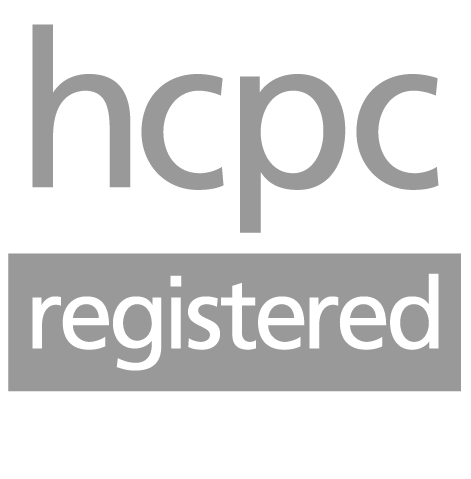ASSOCIATIONS BETWEEN BASELINE OPIOID USE DISORDER SEVERITY, MENTAL HEALTH AND BIOPSYCHOSOCIAL FUNCTIONING, WITH CLINICAL
RESPONSES TO COMPUTER-ASSISTED THERAPY TREATMENT
Elison-Davies, S., Märtens, K., Yau, C., Davies, G. & Ward, J.
EXAMINING CORRELATES OF CANNABIS USERS’ ENGAGEMENT WITH A DIGITAL INTERVENTION FOR SUBSTANCE USE DISORDER: AN OBSERVATIONAL
STUDY OF CLIENTS IN UK SERVICES DELIVERING BREAKING FREE ONLINE
Elison-Davies, S., Wardell, J., Quilty, L., Ward, J. & Davies, G.
Two papers have recently been published examining the mechanisms of action of the Breaking Free from Substance Use digital
intervention for different substance using populations.
The first of these papers has been published in the American Journal of Drug and Alcohol Abuse and has been written in
collaboration with Kaspar Martens (University of Oxford) and Prof Christopher Yau (University of Manchester).
This study reports data for 2,571 clients who engaged with Breaking Free to address Opioid Use Disorder. Significant
improvements from baseline to post-treatment measures in opioid use, opioid dependence, mental health difficulties,
quality of life and biopsychosocial functioning were found. Numerous baseline client characteristics, including severity
of opioid use dependence, mental health and biopsychosocial impairment, were found to be associated with these post-treatment
measures. Additionally, an aggregated consensus measure of baseline clinical impairment was found to be associated with changes
in opioid use and post-treatment biopsychosocial functioning, with participants with greater baseline clinical impairment
demonstrating a greater magnitude of improvement from baseline to post-treatment than those with lower clinical impairment.
The second of these papers has been published in the Journal of Substance Abuse Treatment and has been written in collaboration
with Dr Lena Quilty (Centre for Addictions and Mental Health; University of Toronto) and Dr Jeffrey Wardell (York University, Toronto).
This study reports data for 1,830 clients who engaged with Breaking Free to address Cannabis Use Disorder. Moderate-to-severe depression
and anxiety were identified in half of clients at baseline, in addition to elevated severity of cannabis dependence in over a third.
Women demonstrated greater clinical complexity at baseline than men. Significant improvements from baseline to post-treatment were
found in cannabis use and dependence, mental health, quality of life and biopsychosocial functioning. Additionally, the number of
behavioural change techniques in Breaking Free that were completed by clients was positively associated with quality of life and
biopsychosocial functioning at post-treatment, demonstrating a dosage effect.

